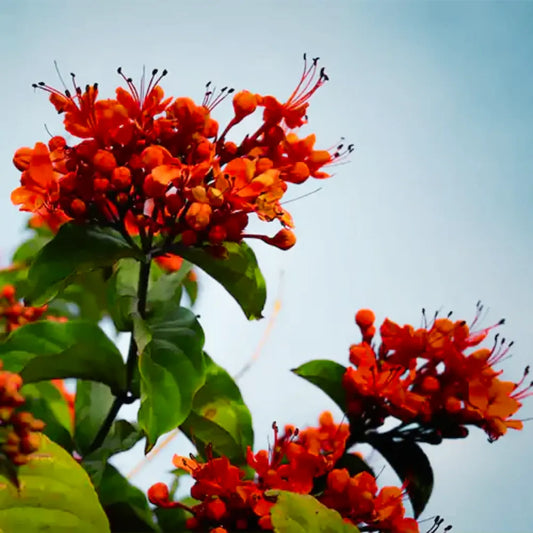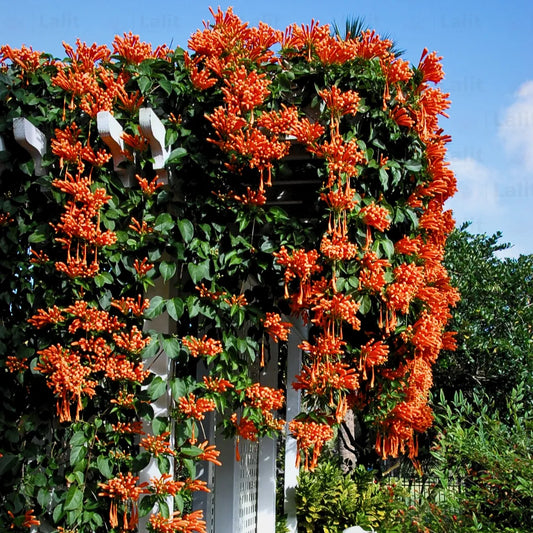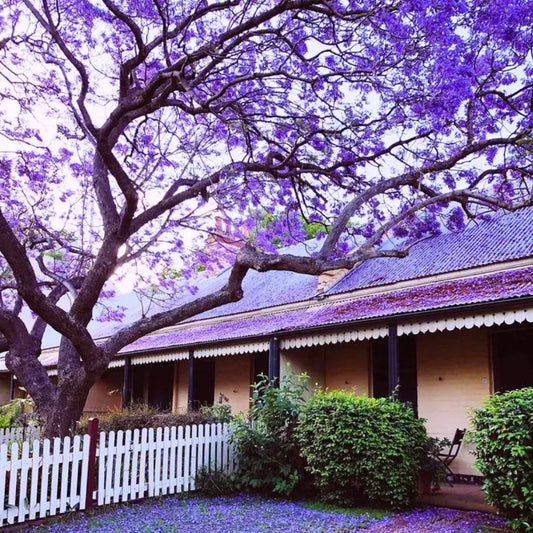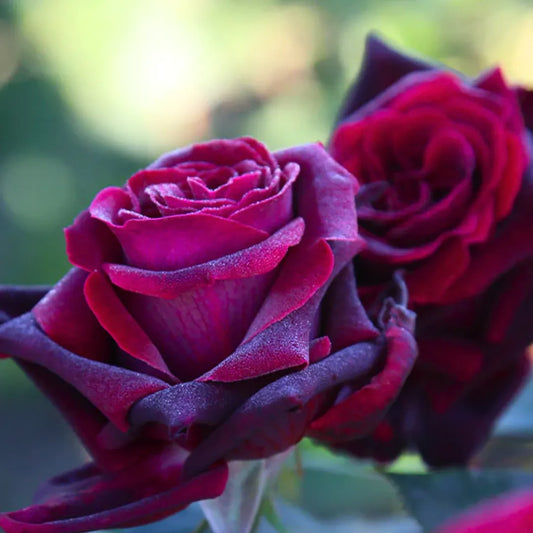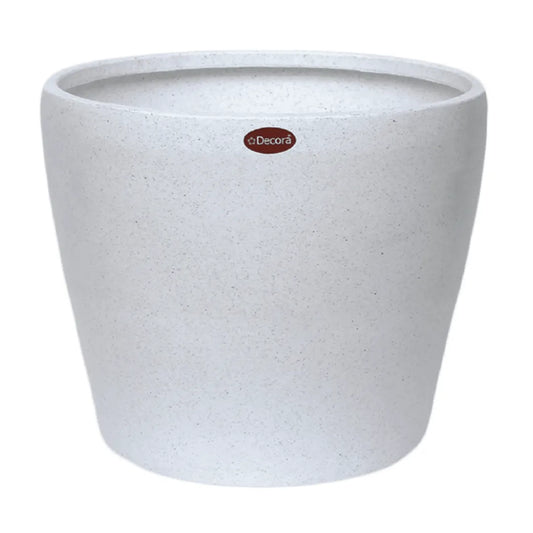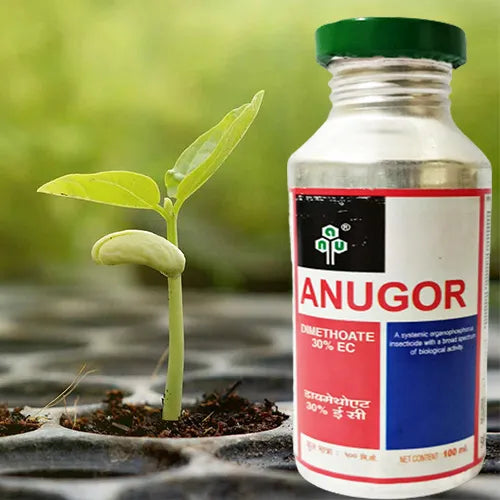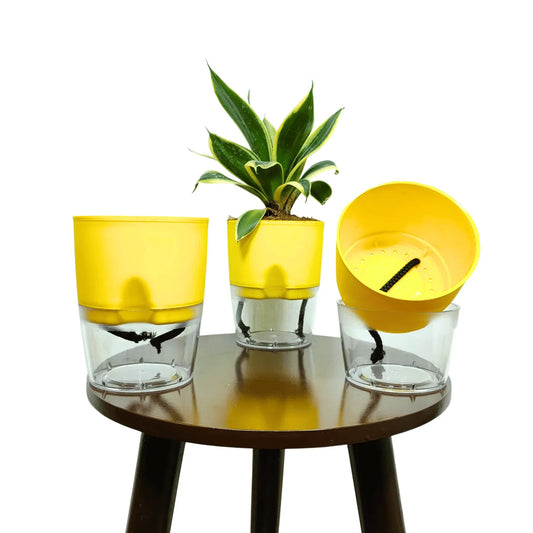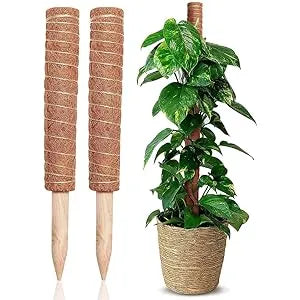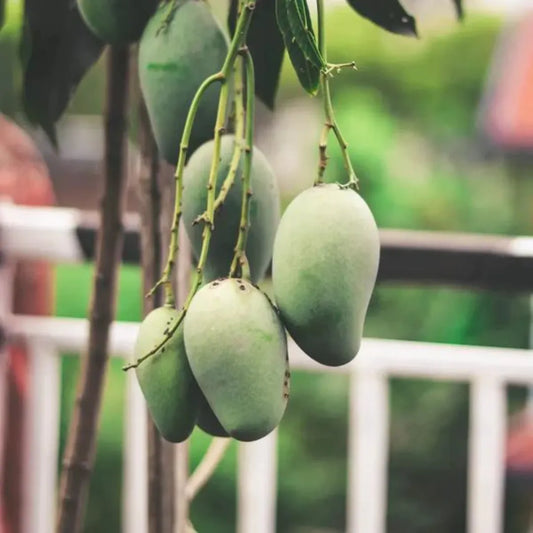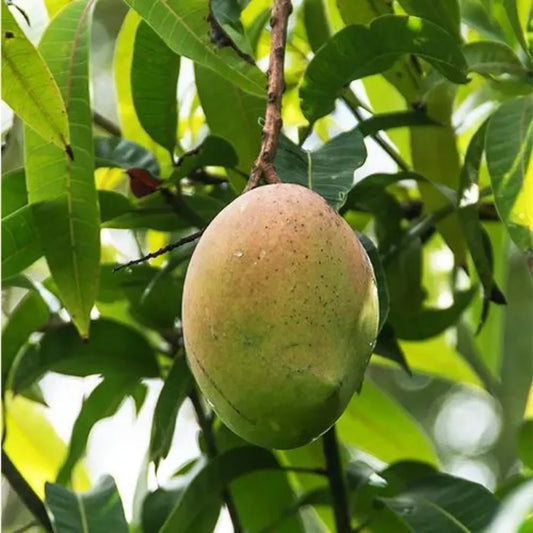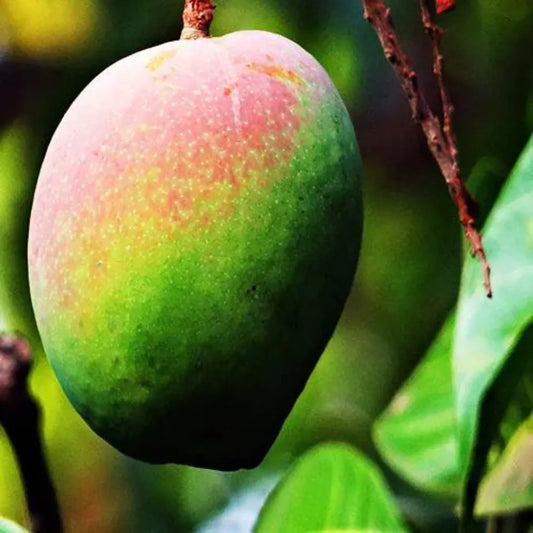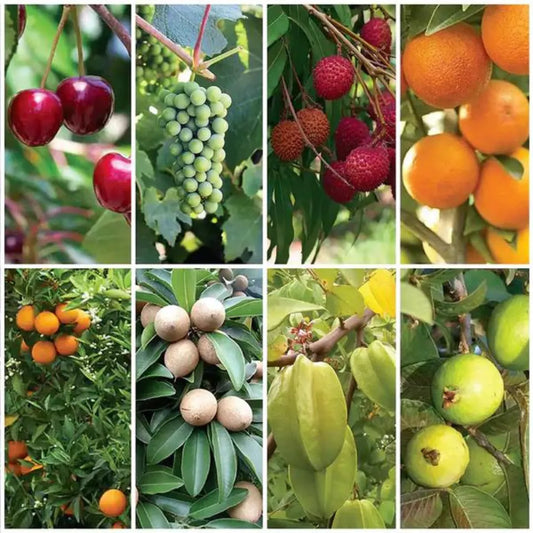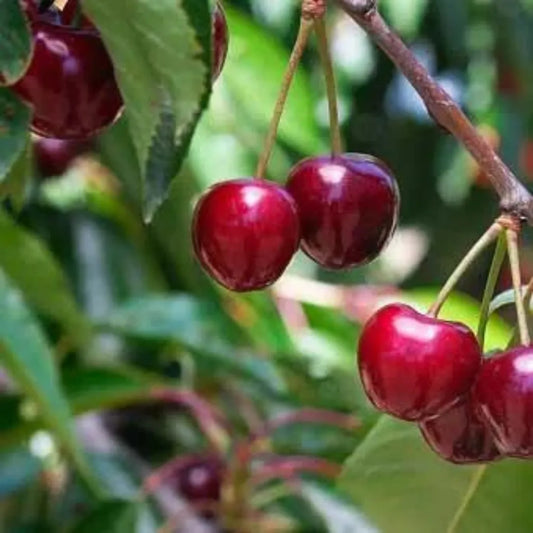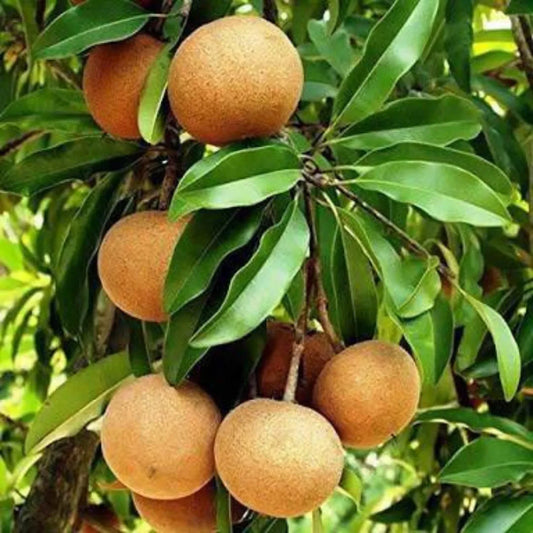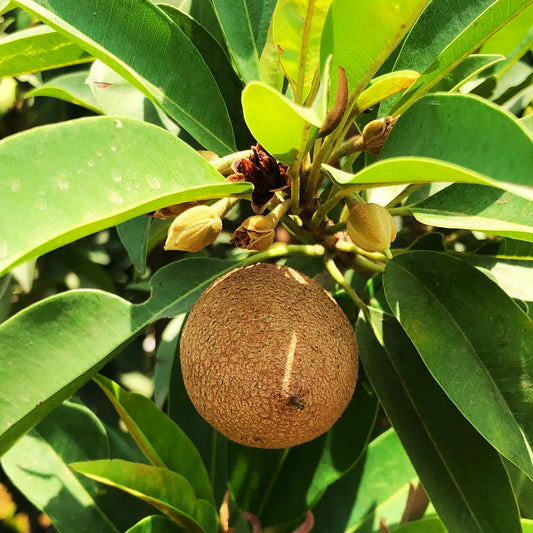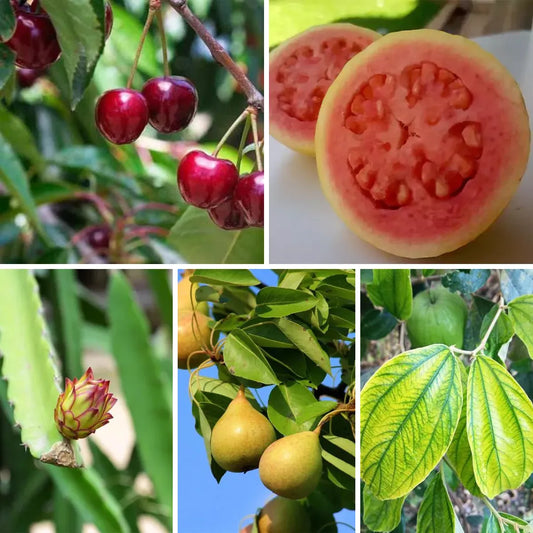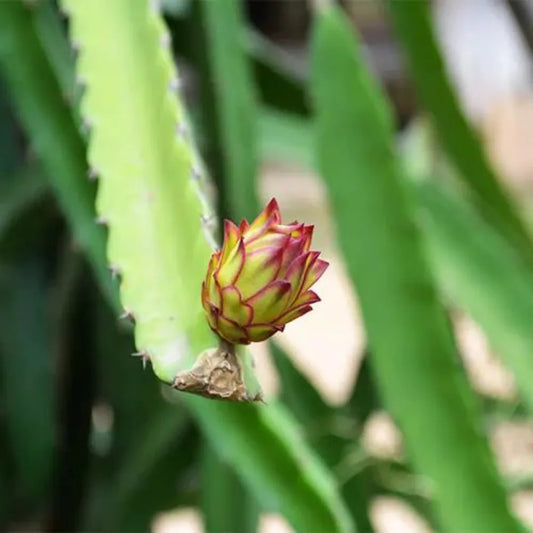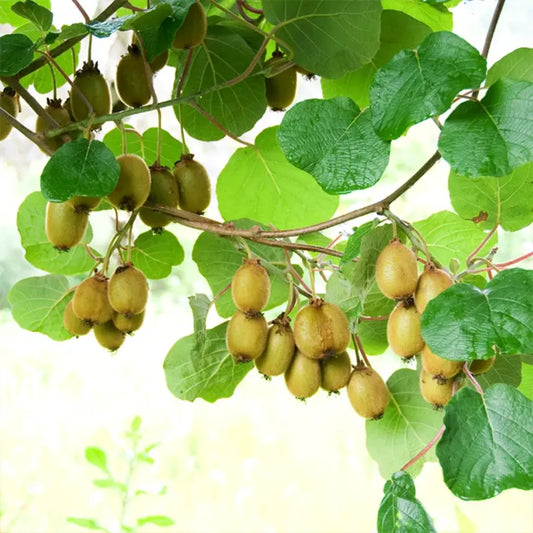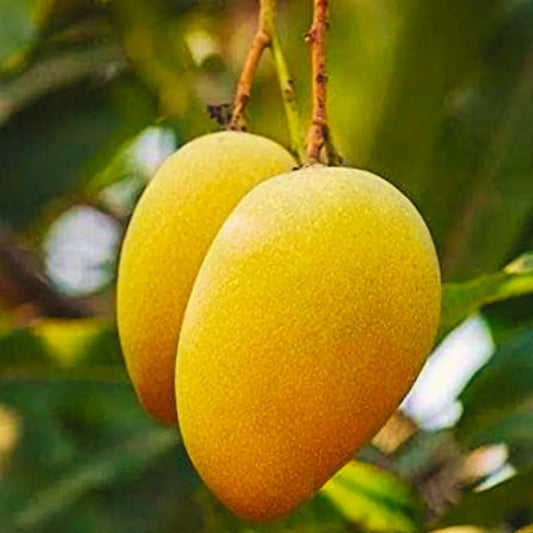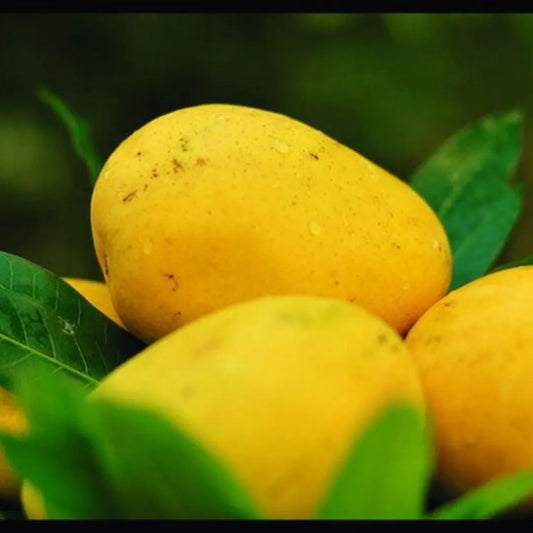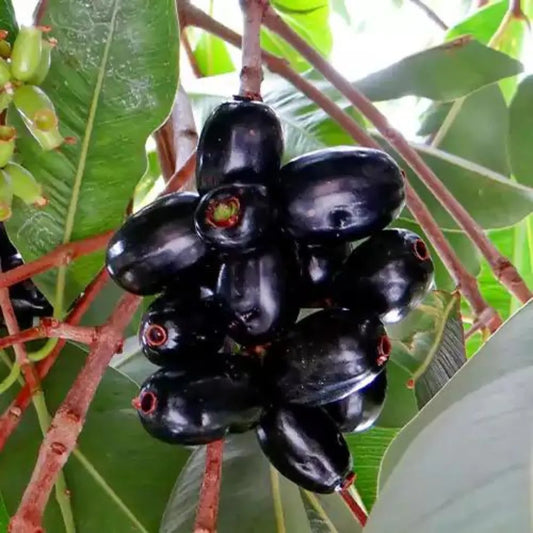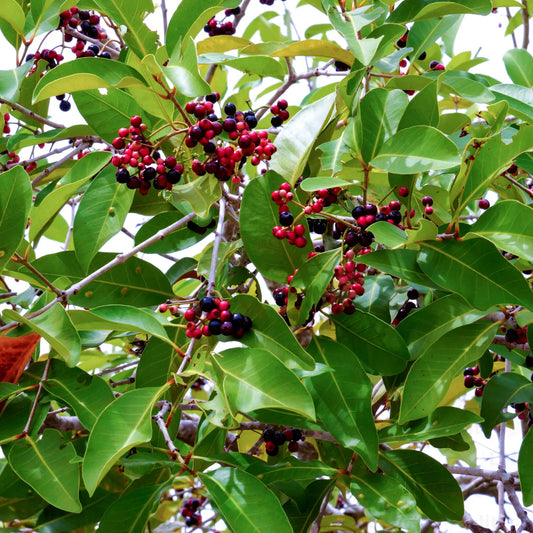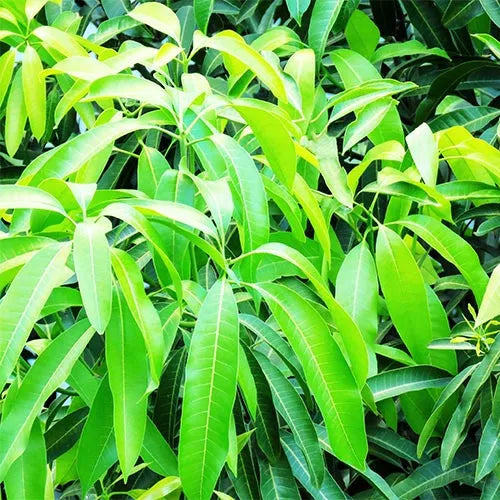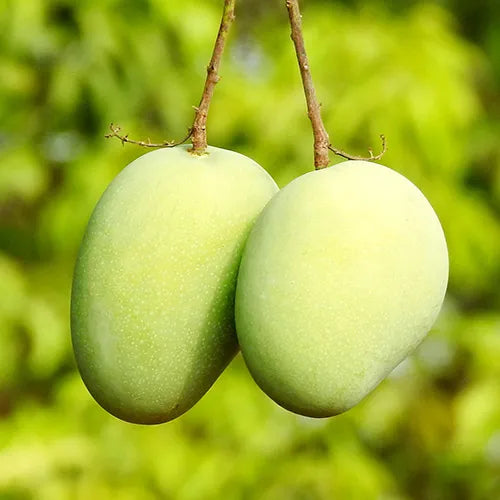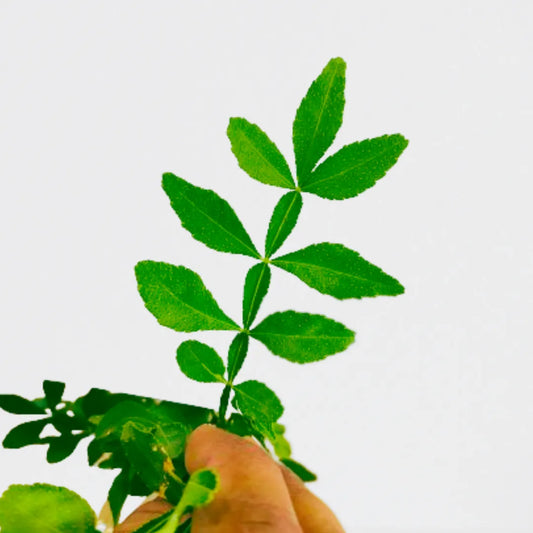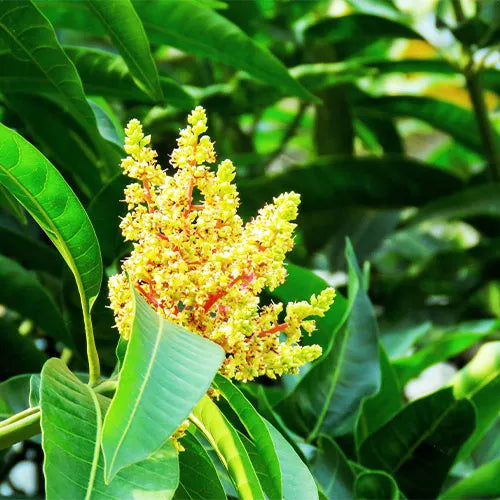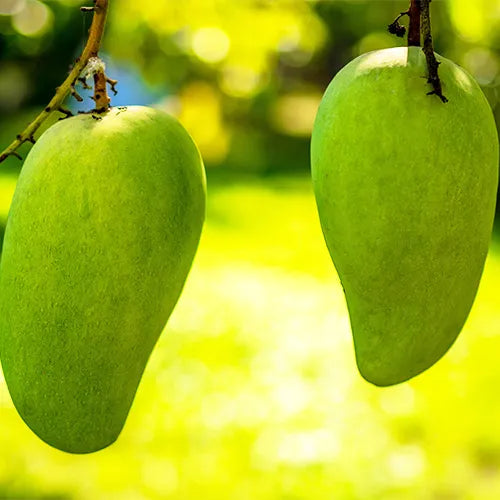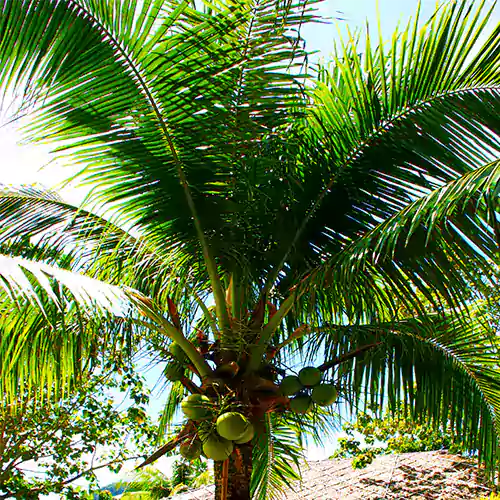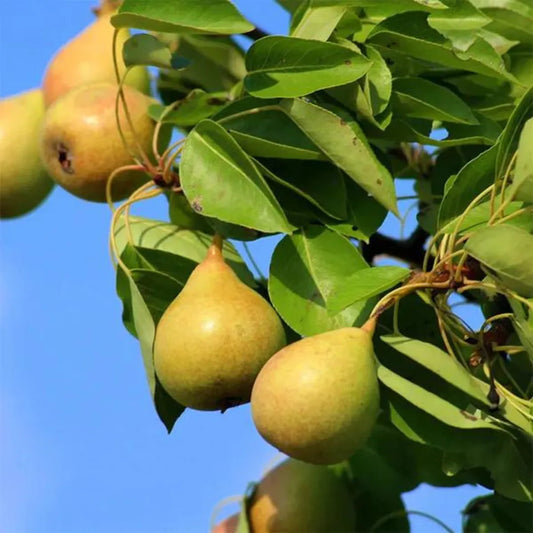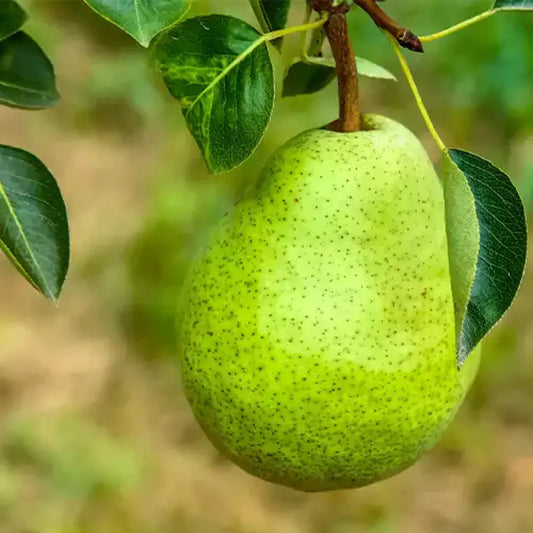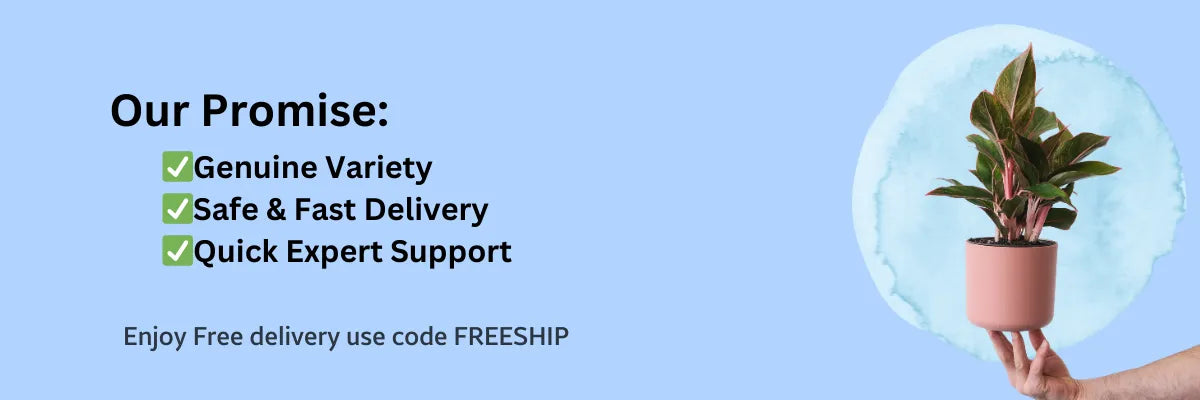Container
Choose a large, sturdy container (minimum 16–20 inches in diameter) with good drainage holes to support the Anjeer plant’s root growth. Use well-draining, nutrient-rich soil mix for best results. A bigger pot allows healthier root development, better stability, and increased fruit yield.
Pruning
Prune your Anjeer plant during its dormant season (late winter) to remove dead, weak, or crossing branches. Shape the plant to allow better sunlight penetration and airflow, which promotes healthier growth and improved fruit production. Regular pruning also helps maintain a manageable size for harvesting.
Propagation
Your Anjeer plants are best propagated through hardwood cuttings taken during the dormant season (late winter). Select healthy, pencil-thick cuttings about 8–10 inches long, and plant them in well-draining soil. Keep the soil slightly moist until roots develop. This method ensures faster growth and preserves the fruit quality of the parent plant.
Repotting
Repot your Anjeer plant every 2–3 years or when roots outgrow the container. Choose a slightly larger pot with good drainage and refresh the soil with a nutrient-rich, well-draining mix. Repotting during late winter or early spring helps reduce stress and supports healthy new growth and fruiting.
Common Pest
Your Anjeer plants may be affected by pests like aphids, scale insects, mealybugs, and spider mites. These pests can damage leaves, stunt growth, and reduce fruit quality. Regularly inspect the plant, and treat infestations with neem oil spray or organic insecticidal soap to keep it healthy and pest-free.













